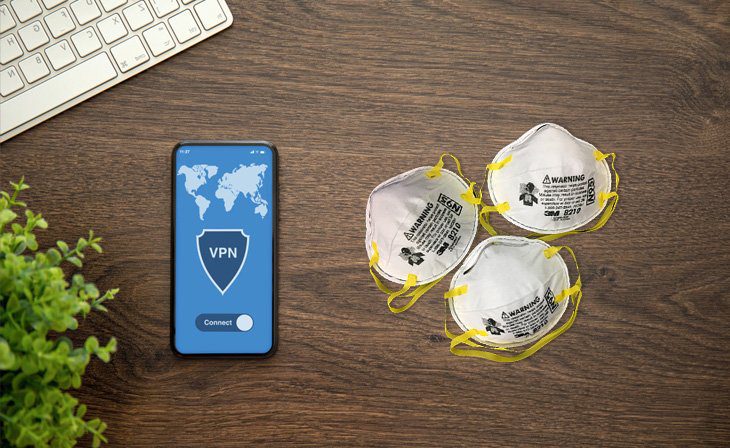Blogs
Home / Blog


WHO has officially declared coronavirus as a pandemic and rightly so. It has already affected 200,000 people in 160 countries around the world. To exploit this situation, cyberattackers are spreading malicious messages and launching phishing attacks. Security experts have noticed a sudden rise in the number of email scams associated with coronavirus.
What’s even more impressive is the fact that cyber attackers are not only targeting individuals but also impacting different industries around the world. Phishing emails in different languages have been found in the inbox of many users. This trend will continue as this virus gains momentum.
In this article, you will learn about five spam email campaigns hackers have launched to trick users during the coronavirus epidemic.
A few weeks ago, cybersecurity company Mimecast unearthed a scam and soon detected 200 similar examples of similar scams. The email contained a malicious link titled “access your funds now.” When you click on that link, you will be diverted to a government webpage, which encourages you to enter your personal and financial information.
Carl Wearn, who is the head of e-crime at Mimecast, said, “Do not respond to any electronic communication in relation to monies via email. Do not click on any links in any related message. That is not how HMRC would advise you of a potential tax refund.”
Cybercriminals, pretending to be WHO representatives, are sending emails that contain an attached document with guidelines on how to prevent the disease from spreading. The email might claim, “This little measure can save you.” But cybersecurity experts think that the attachment doesn’t contain any useful advice on coronavirus prevention. In fact, it is infecting computers with malicious software such as AgentTeslaKeylogger.
As the name suggests, it records all your keystrokes and sends it to cybercriminals. This not only allows hackers to track down all your online actions but can also give them access to your user ID and passwords. Take every email you receive from WHO or any health body with a pinch of salt because they might be fake. Instead of opening such emails and downloading attachments, you are better off heading over to WHO websites or follow them on original social media accounts.
According to cybersecurity experts at Kaspersky, fake Center for Disease Control (CDC) emails were circulating, asking for a donation to create a vaccine. The email might request you to make your payment in cryptocurrency, such as Bitcoin. Kaspersky identified 513 files that contained coronavirus in their title name but most of them contain malware and viruses. According to David Emm, Chief Security Researcher at Kaspersky, “We expect the numbers to grow, as the real virus continues to spread.”
Another email, which pretended to be coming from the Center for Disease Control and Prevention, created a stir by using this subject line, “Covid-19 – now airborne, increased community transmission.” The trickiest part is that this email uses a real email address, but it uses a spoofing tool for this purpose.
Cofense was the first one to detect this spam and labeled it as a technique used by hackers to use fear and panic to their advantage. The story does not end here. The malicious link in the email directs you to a Microsoft login page. As you enter your credentials to log in to your account, you will be taken to a Center for Disease Control and Prevention advice page.
You might not realize it, but your email account credentials have been compromised. To protect yourself from these types of attacks, it is imperative that you implement two-factor authentication so that even if your passwords are compromised, your account stays safe.
Cybersecurity researchers at Proofpoint identified a weird pattern of emails sent to people during February. The email messages seem to come from a doctor who claims that he or she has detected a vaccine which is being kept secret by Chinese and UK governments. The email contains an attached document, which, when clicked, can direct users to a page that is designed for the sole purpose of stealing your login credentials. What’s even worse is the fact that more than 200,000 of these emails have already been sent and the number is growing rapidly.
Sherrod DeGrippo, member of the threat research and detection team at Proofpoint, summed up the whole situation by saying, “We have seen 35-plus consecutive days of malicious coronavirus email campaigns, with many using fear to convince victims to click. It’s obvious these campaigns are returning dividends for cyber-criminals.”
The best way to protect yourself from such malicious email campaigns is to avoid clicking on any link sent to you via email. Even if you have to click it, make sure you check it through a link checking tool that tells you whether it is safe to click on the link or not. It also gives you a clear idea about where this link is pointing to so you know exactly what you’re getting yourself into when you click on that link.
How do you protect your employees from these scam messages and emails? Let us know in the comments section below.
Enter your email to receive the latest news, updates and offers from HostNoc.
